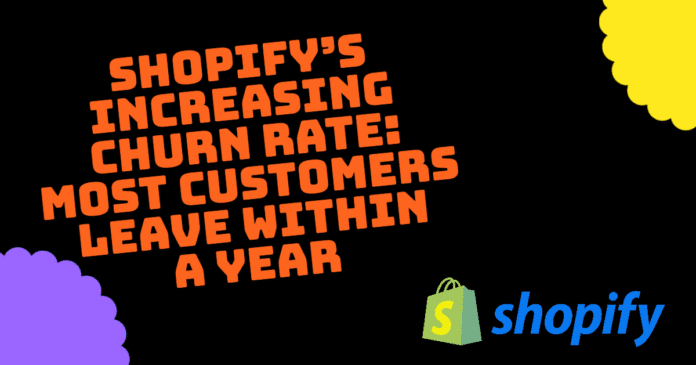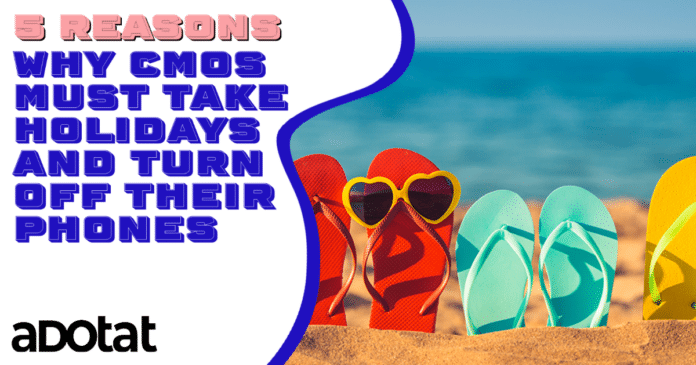Dominick Miserandino is an American entrepreneur, author and journalist. Most recently he was the CEO of Inquisitr.com where he saw a company wide reorganization that increased profitability and has taken the site in new, exciting directions. He’s also served as CMO for Adorama Pix and Director of Internet for Bigfoot Media. Dominick has worked as a consultant for eCommerce and publishing for the Wall Street Journal, Morgan Stanley, Hearst Publications, Scout, NASA, Goldman Sachs and other major brands. Over the past 20 years he’s worked with more than 100 different web properties and consulted with top tier digital publishers, e-commerce and app-based businesses, in addition to authoring two travel books.
Who are you, and what do you do?
I’m Dominick Miserandino, I founded TheCelebrityCafe.com the first online magazine ever, and brought it to sale. Since then I ran a few other sites like Inquisitr.com, AdoramaPix, and one or two others.
You’ve been doing “it” for a long time — did you think the internet would look the way it does today, say 20 years ago?
I never envisioned that the internet would look this way. I remember how mind-blowing it was to even work remotely 15 years ago, which is now commonplace. I even remember my first video call for a meeting which is clearly something built straight into iPhones.
But, even with all of these changes, especially with online media and publishing there are some basics in human nature that don’t change. We love reading sensationalism, media is based on eyeballs, and businesses that are run correctly and holistically seem to succeed.
These rules have held true since the early days of media even before the internet and hold true now.
That’s the one thing that has always made me happy with the changes online. Even though we still have tools that can do things faster, so many rules have remained the same
I might be able to dictate a story when I had to type it, or I could build a site in hours instead of days. That said, the rules still hold true.
What is a project you regret doing, and why? Did you learn anything from it? I’ve tried avoiding projects that lead to regret. It’s more the projects that I regretted not doing. There are times that I wish I started things sooner or took the initiative earlier
I generally don’t fall victim to that and learned a rule to always try things and jump in the water.
Sometimes, life gets in the way.
Who was the biggest influence on your business career and why?
My boss Ed, from when I worked on Wall Street.
He taught me:
1) Get to know people as people. He knew his team and loved his team as a family. We still all keep in touch to this day nearly 30 years later. It made everybody work together to their maximum abilities.
2) He always worked with honesty. It’s something I strive for, to be as honest as I can.





















